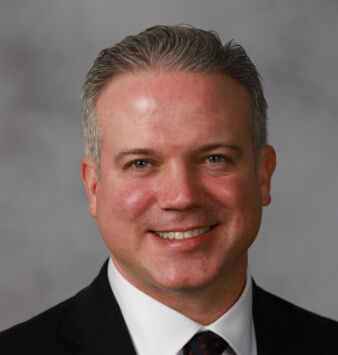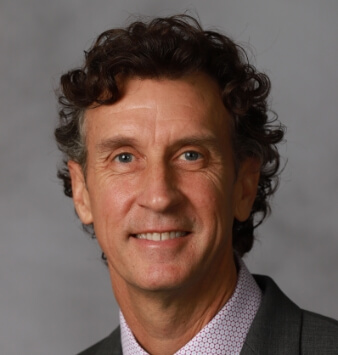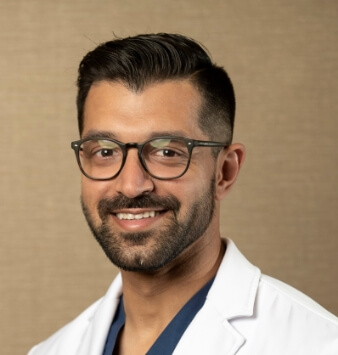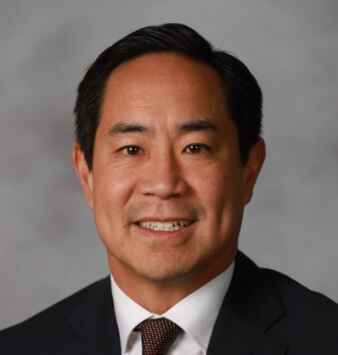Aneurysm
Vascular / Endovascular Surgery
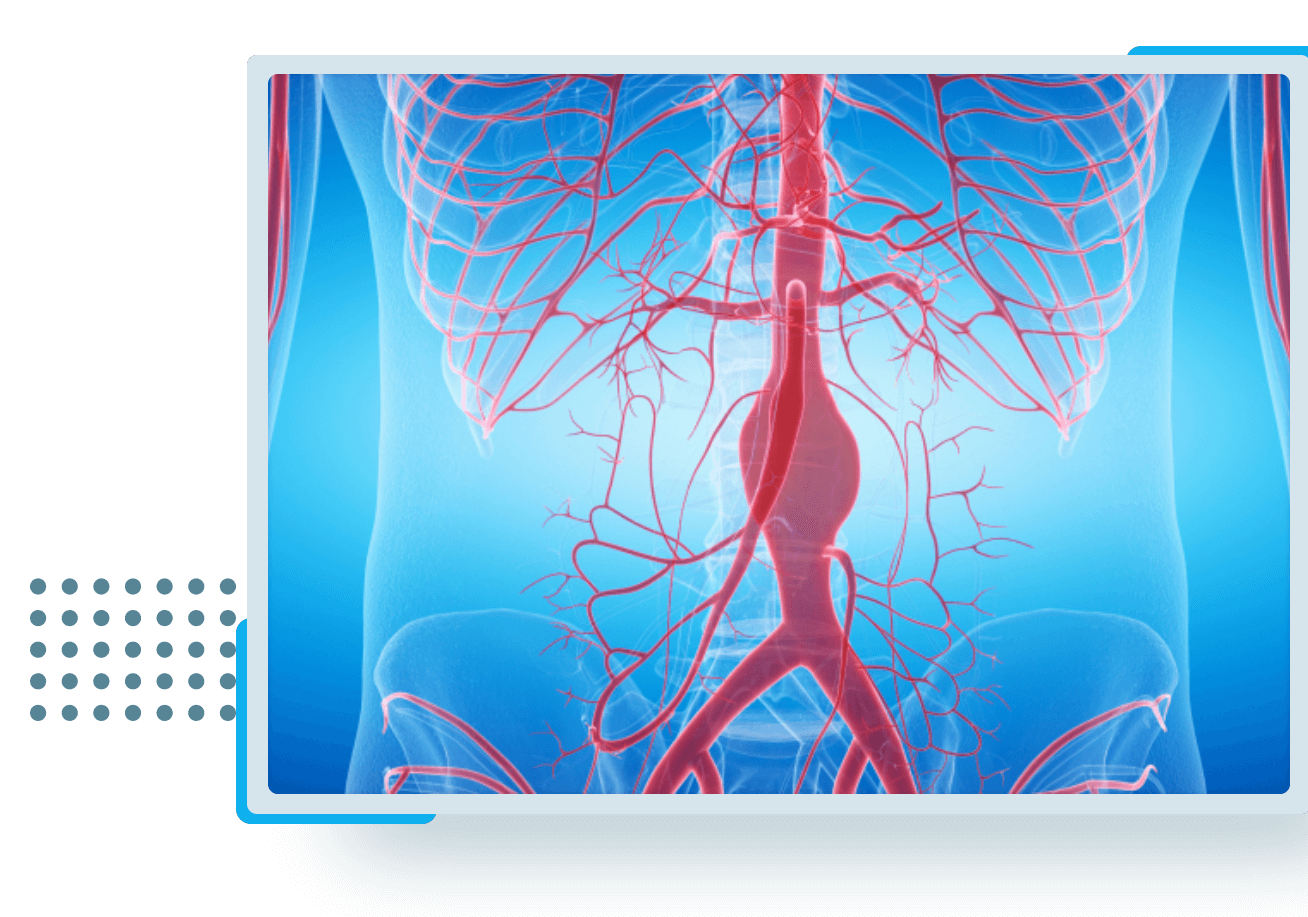
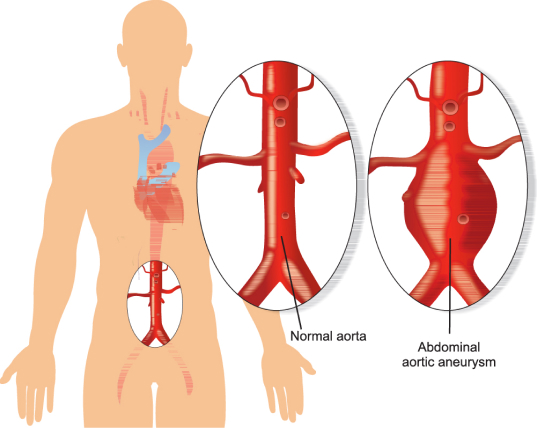
What Is An
Aneurysm?
An aneurysm is a dilation or expansion of a weakened blood vessel that may look like a bubble on a tire or a smooth balloon-like dilation. This happens most often in the abdominal aorta. 200,000 abdominal aortic aneurysms (AAA) are diagnosed every year just in the United States.
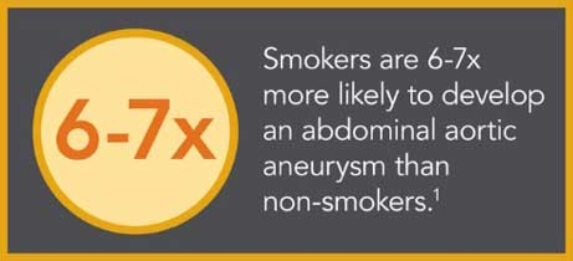
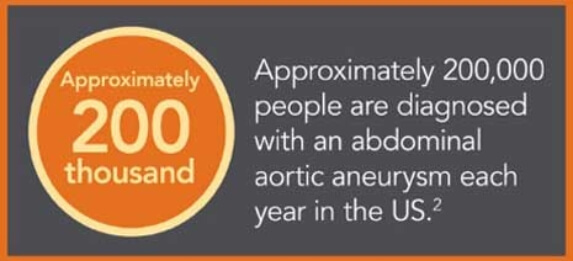
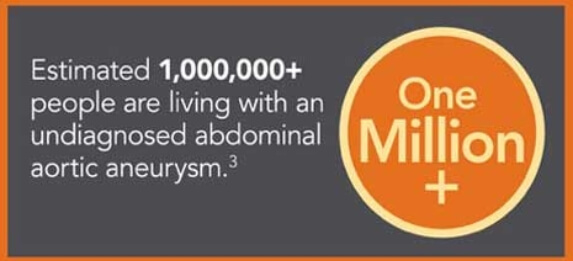
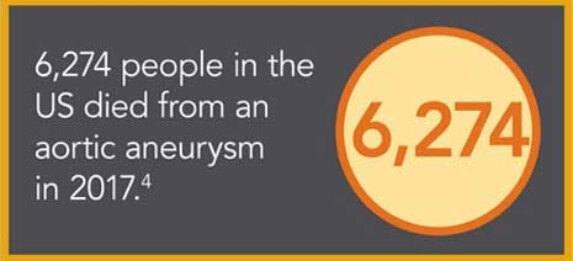

- Smoking – strongest risk factor which weakens the blood vessel wall which can lead to AAA and increase risk of rupture
- Family history of AAA – having a first degree relative with AAA puts you at a 12x risk of developing an aneurysm. 15-25% of those undergoing treatment to repair AAA have a first degree relative with a AAA
- High blood pressure
- Other locations of aneurysms (behind the knee, in the chest)
- High cholesterol
- Some type of inflammation can cause weakening in the arteries
- Age/sex/gender – greater than 50 for men and 60 for women. White males >50 years old are at highest risk
- Discuss with your medical doctor regarding your concern and identifiable risk factors. If necessary, he/she will refer you to have imaging to be performed or to follow up with a vascular surgeon.
- As per the US preventive services task force, men between 65-75 with ANY history of smoking should have a one-time abdominal ultrasound study performed.
- Please discuss with your medical doctor or call us if you believe you need screening. We work closely with Saddleback Vascular Laboratory who can perform studies expeditiously.
We will consult with you and walk you through your surgical options. Generally, we treat AAAs for men at 5.5cm and women at 5cm or if you experience rapid growth. Here at OC surgeons we have greater than 50 years of experience to perform aneurysm repairs with a variety of techniques. Your surgeon will counsel you on how best to manage this ailment.
- Some of the risk factors are uncontrollable. However, if you smoke you should work on quitting or discuss with your surgeon or medical doctor on effective methods and treatments for smoking cessation.
- Know your family history and share information with your first-generation relatives.
- Stay healthy! Get regular exercise and maintain a healthy diet and weight.
- Discovering that you have an aneurysm can be an overwhelming experience, but you don’t have to shoulder that burden alone. Please discuss with your medical doctor or call to consult with a vascular surgeon.

